Rubber Tree Branching Tips: Why Won’t My Rubber Tree Branch Out
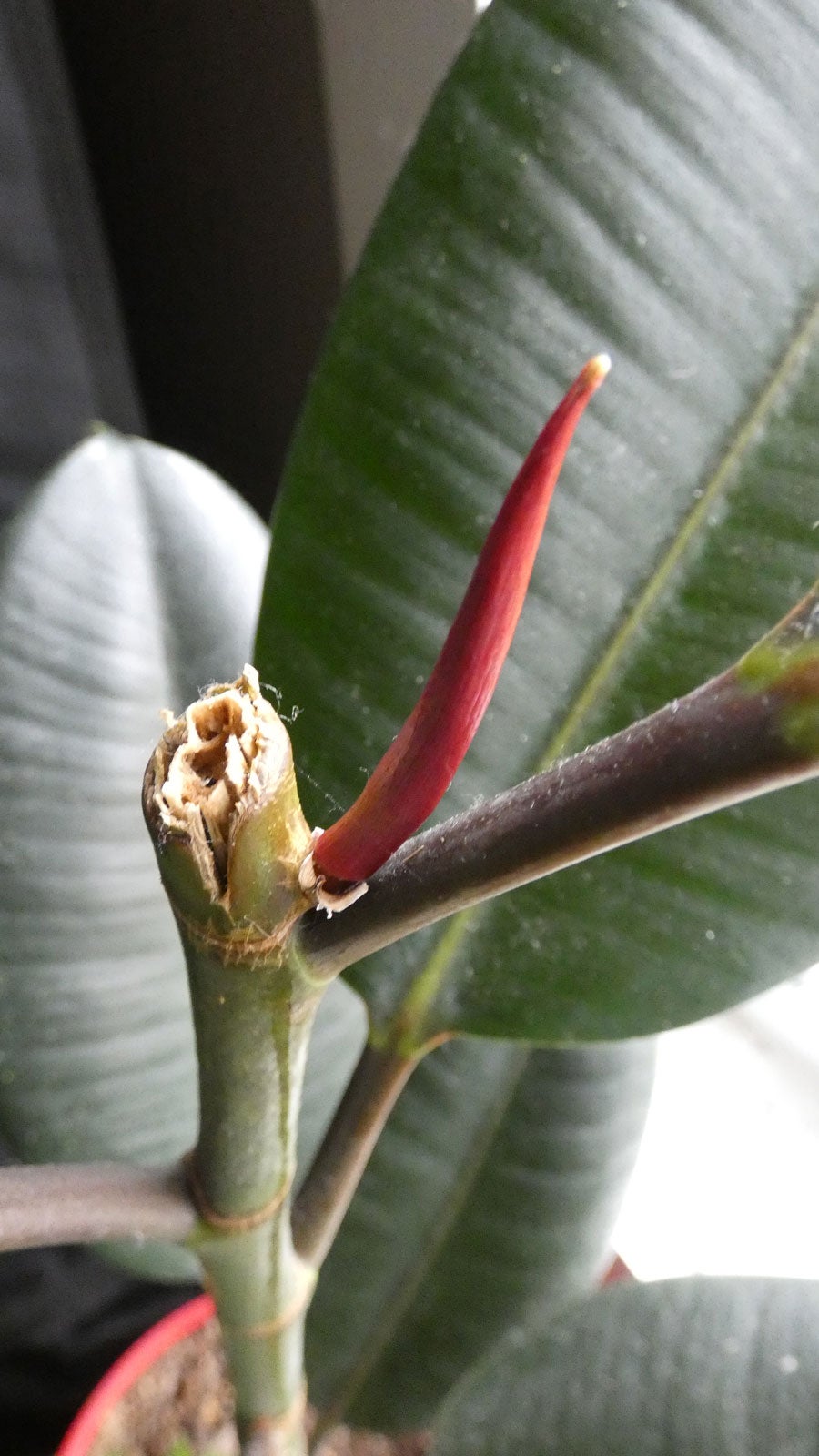

Why won’t my rubber tree branch? This is a common question in garden chat groups and houseplant exchanges. The rubber tree plant (Ficus elastica) can sometimes be temperamental, growing upward and refusing to grow side branches. There are a few reasons why your rubber tree won’t branch. Let’s take a look and see if we can get your rubber tree branching this year.
Pruning a Rubber Tree for Branching
The most common way of correcting a rubber tree that won’t branch is to break apical dominance. In layman’s terms, this means removing the top growth on the main stem, thus re-directing a hormone called auxin downward, where it will encourage branches to sprout on down the stem. This is best done when the plant is young. Older plants do not like their leafy top canopy disturbed.
When pruning a rubber tree for branching, make the cuts while the plant is actively growing, in March through October. The top cut is most important. Remove the stem and leaves as far down as you like. With patience, the parts you remove can be rooted to start more plants.
Cut at 1/4 inch (6 mm.) above a leaf scar (a line where a leaf previously grew) or a leaf node. You may nick or lightly slice the leaf scar with sharp pruners to further encourage a new leaf to grow there.
How to Get Rubber Trees to Branch with Specialized Care
Other ways to encourage rubber tree branching, or to use in combination with the cuts, include freshening the soil with a composted mixture, watering and feeding, and providing proper light.
- Upgrade Soil: If your rubber tree is large, you might not want to totally remove it from the pot. Mix fresh potting soil with finished compost and loosen the existing soil. Surround the bottom with the fresh soil mix. Loosen the soil near roots if you can do so without breaking them and work in some of the new mixture. Include fresh soil on top too.
- Lighting: Move the container into an area that gets bright light and even a few peeks of morning sun. This plant can gradually be acclimated to a few hours of morning sun. If your plant has been in a low-light area, additional lighting will soon help create additional growth and branching, especially after you’ve made the proper cuts.
- Water: Use lukewarm water for the rubber tree plant, as cold water can cause a shock to the roots. Less water is necessary in winter, but soil should remain slightly moist. Yellowing or dropping leaves indicate the soil is too wet. Withhold water until it has dried out. Water in spring when growth resumes. Water well before fertilization.
- Feeding: Fertilize young plants with a high phosphorus product to encourage root development. As older plants put out new branches and leaves, feed monthly with a nitrogen-based food to help foliage more fully develop.
Now that you’ve learned how to get rubber trees to branch, use some or all of these steps to get your plant in shape this year. New branches and new leaves will appear before the plant enters dormancy in autumn.
Gardening tips, videos, info and more delivered right to your inbox!
Sign up for the Gardening Know How newsletter today and receive a free copy of our e-book "How to Grow Delicious Tomatoes".

Becca Badgett was a regular contributor to Gardening Know How for ten years. Co-author of the book How to Grow an EMERGENCY Garden, Becca specializes in succulent and cactus gardening.
-
 Try The Trend – Turn Any Bed Into A Keyhole Garden With This Clever In-Ground Composter
Try The Trend – Turn Any Bed Into A Keyhole Garden With This Clever In-Ground ComposterKeyhole gardening is an efficient and sustainable practice that saves space. Get started on this DIY project quickly and easily with an in-ground composter.
By Bonnie L. Grant
-
 4 Superfast Composting Methods: Turn Waste Into Garden Gold In 30 Days Or Less
4 Superfast Composting Methods: Turn Waste Into Garden Gold In 30 Days Or LessTry the fastest composting methods to turbocharge your pile and transform kitchen scraps and garden waste into finished compost in just a few weeks.
By Mary Ellen Ellis
-
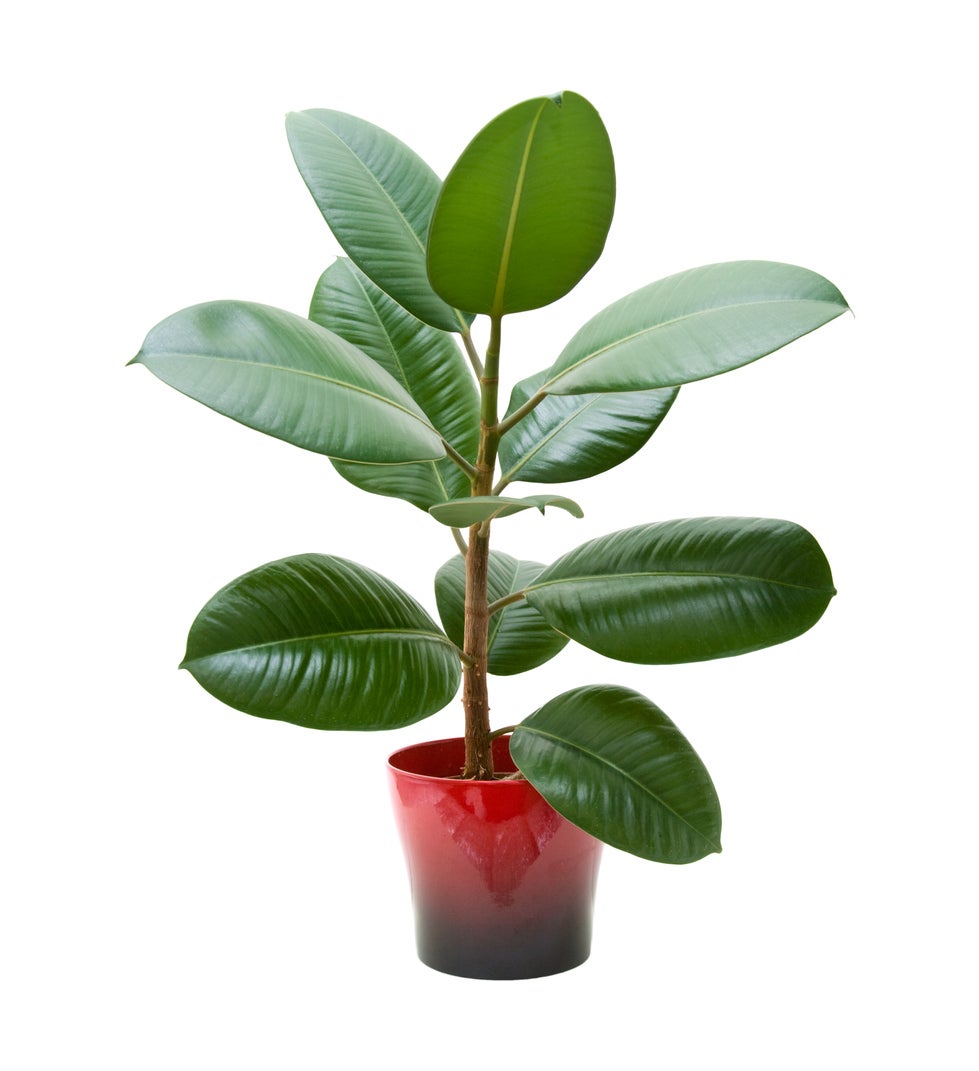 Rubber Plant Bugs: Fighting Pests On A Rubber Plant
Rubber Plant Bugs: Fighting Pests On A Rubber PlantUsually grown indoors, healthy rubber tree plants tend to be pest resistant. However, they can be infested by several sap-sucking pests. What to do if you notice rubber plant insects? Click this article for helpful tips and additional information.
By Mary H. Dyer
-
 Yellow Rubber Tree Leaves – Reasons For Yellowing Leaves On A Rubber Plant
Yellow Rubber Tree Leaves – Reasons For Yellowing Leaves On A Rubber PlantNothing disrupts a plant's aesthetics more than the presence of unsightly yellow leaves. Right now, I seem to have lost my gardening mojo because my rubber plant leaves are turning yellow. Find a solution for yellow rubber tree leaves in this article.
By Shelley Pierce
-
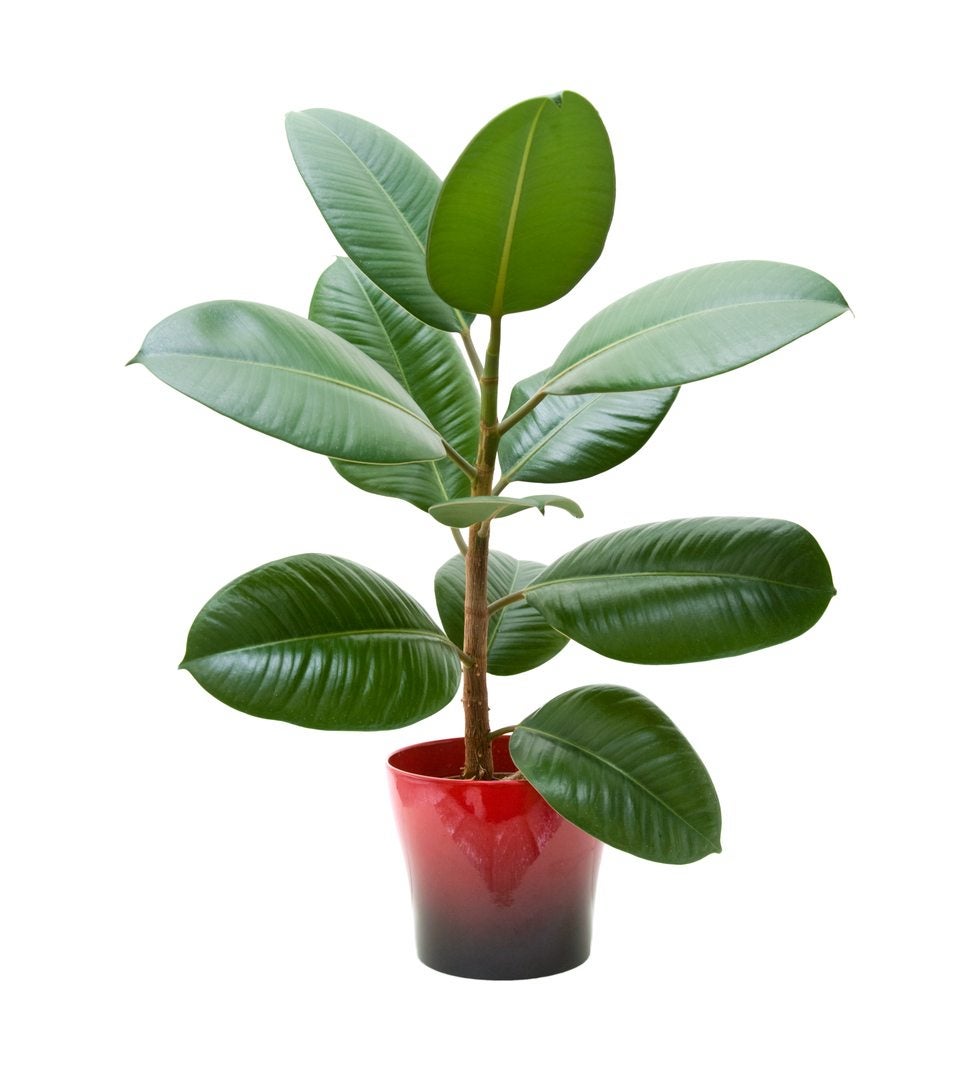 Rubber Tree Plant Potting – When Does Rubber Plant Need A New Pot
Rubber Tree Plant Potting – When Does Rubber Plant Need A New PotRubber trees make great indoor potted plants, but at some point you'll need to give them more room. Use the information found in this article to learn about rubber tree plant potting and when repotting is necessary. Click here for more info.
By Gardening Know How
-
 Watering A Rubber Plant: How Much Water Do Rubber Tree Plants Need
Watering A Rubber Plant: How Much Water Do Rubber Tree Plants NeedRubber tree plants are fairly easy to care for but dislike being moved and are fussy about water. Rubber plant watering must provide matching moisture to what the plants would find in their native Southeast Asian habitat. Learn about watering these plants here.
By Bonnie L. Grant
-
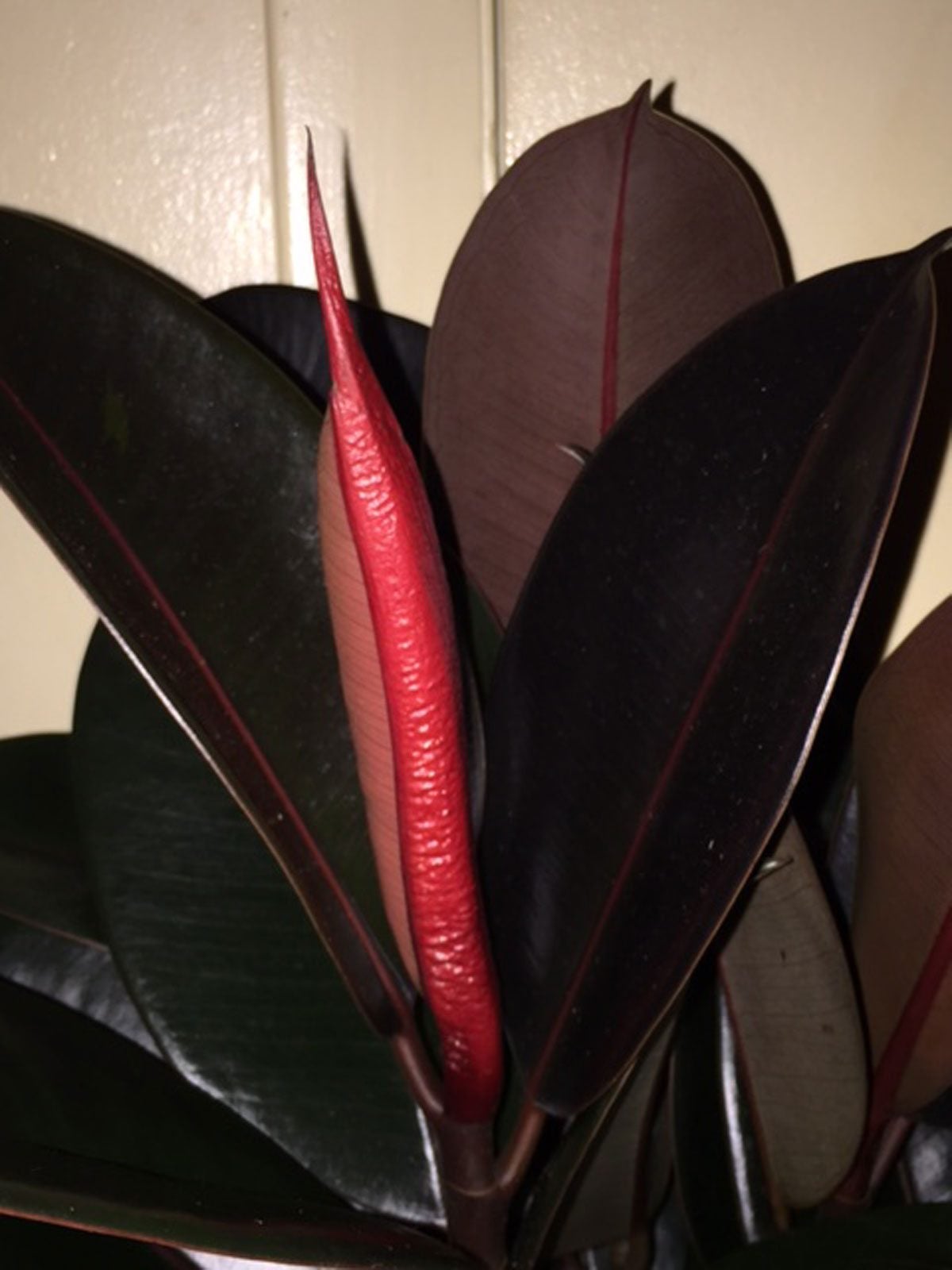 Red Sheath On Ficus: Does Rubber Plant Flower
Red Sheath On Ficus: Does Rubber Plant FlowerIf you've grown a rubber tree plant, especially the Burgundy type, and noticed what appears to be a beautiful flower unfurling, you might begin to wonder if rubber plant blooms or if this is your imagination. Find out in this article.
By Gardening Know How
-
 Leaf Curl On Rubber Plants: What Causes Rubber Plant Leaves To Curl
Leaf Curl On Rubber Plants: What Causes Rubber Plant Leaves To CurlAlthough rubber tree plant is relatively trouble-free, it can fall prey to various pests and diseases that can cause leaf curl on rubber plants. What causes rubber plant leaves to curl? There are several possible reasons. This article will help.
By Mary H. Dyer
-
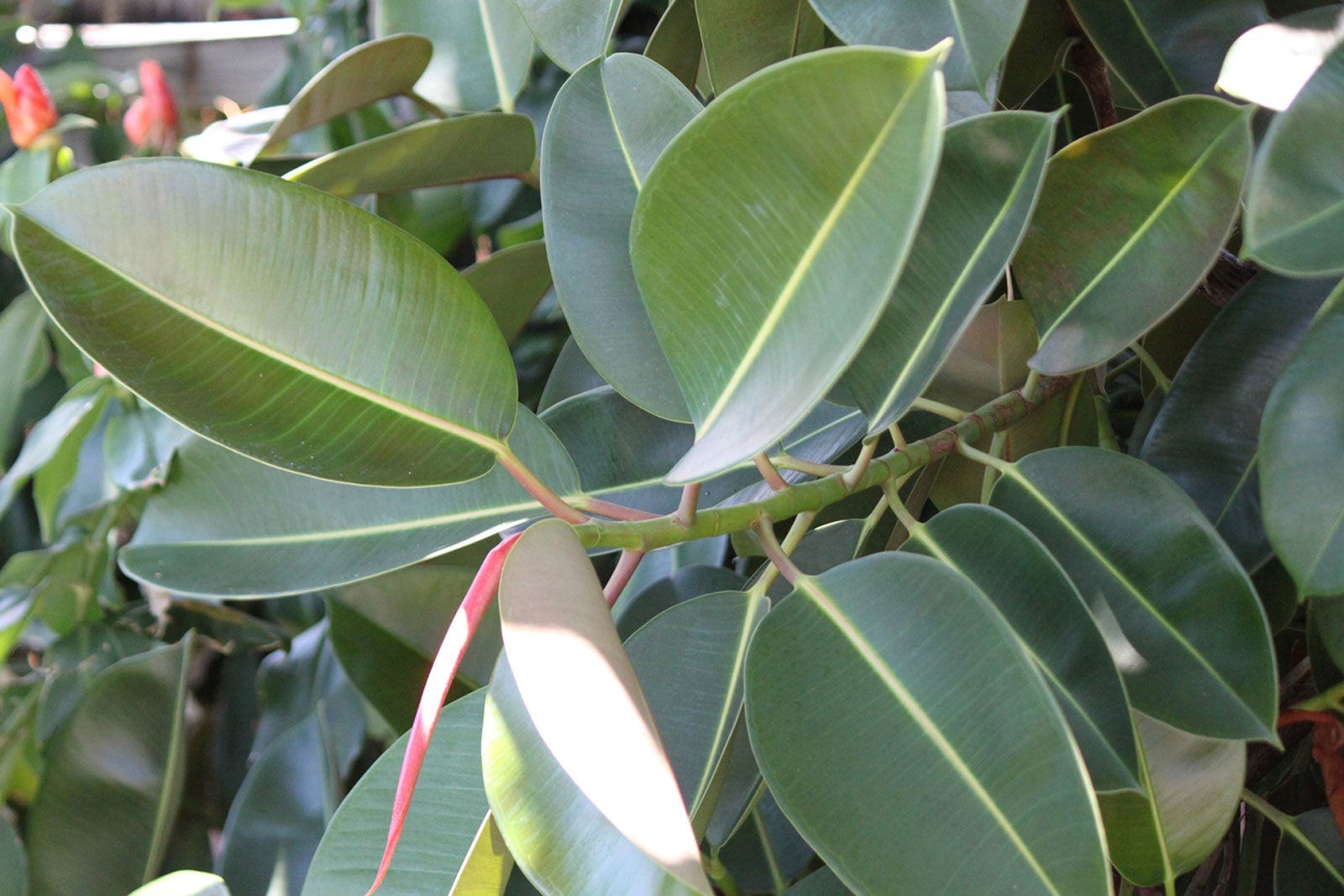 Rubber Plant Information: Taking Care Of A Rubber Plant Outdoors
Rubber Plant Information: Taking Care Of A Rubber Plant OutdoorsMost consider the rubber tree a large houseplant and find it is easy to grow and care for indoors. However, some people ask about growing outdoor rubber tree plants. Read here to find out.
By Becca Badgett
-
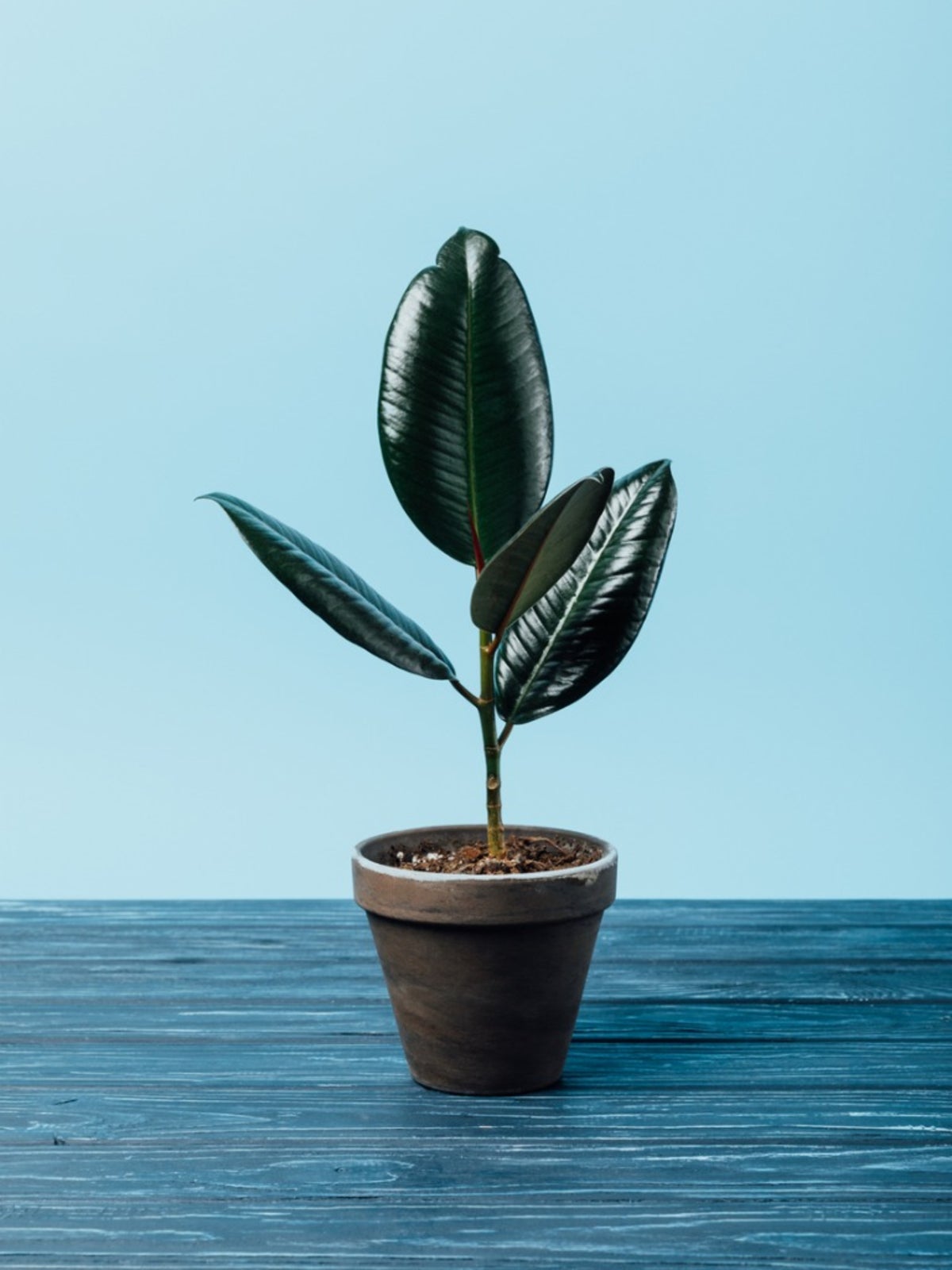 How To Start A Rubber Tree Plant: Propagation Of A Rubber Tree Plant
How To Start A Rubber Tree Plant: Propagation Of A Rubber Tree PlantRubber trees are hardy and versatile house plants, which leads many people to wonder a??How do you get a start of a rubber tree plant?a?? Propagating rubber tree plants is easy and this article will help.
By Heather Rhoades